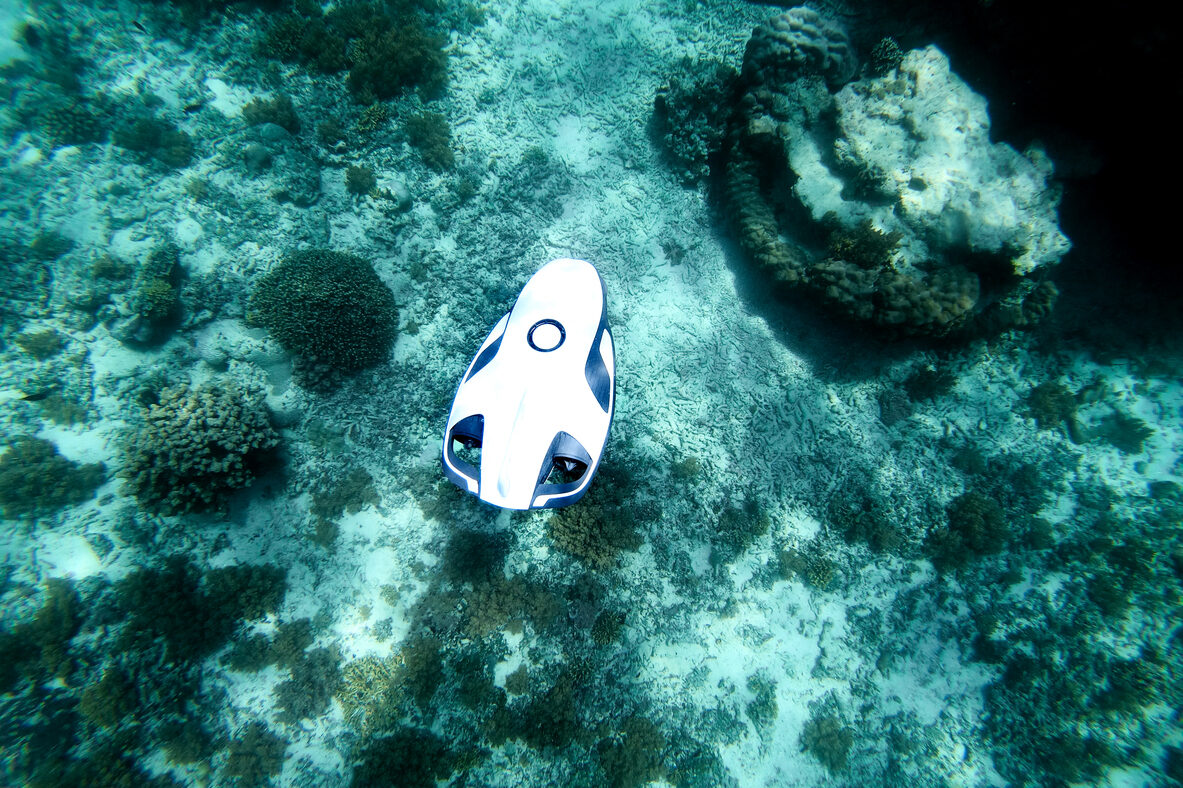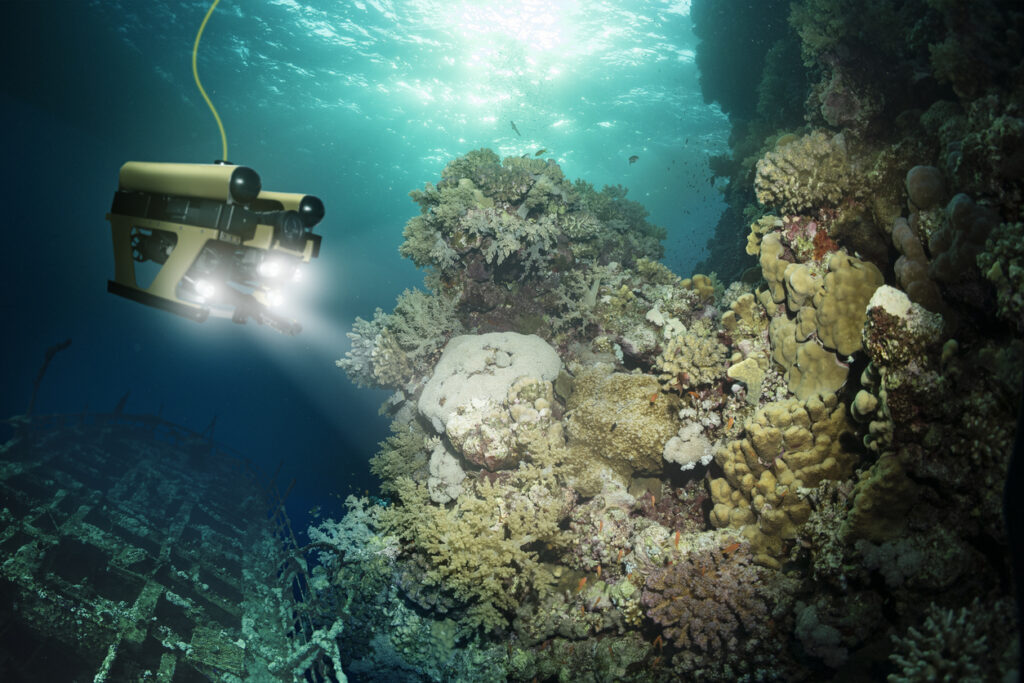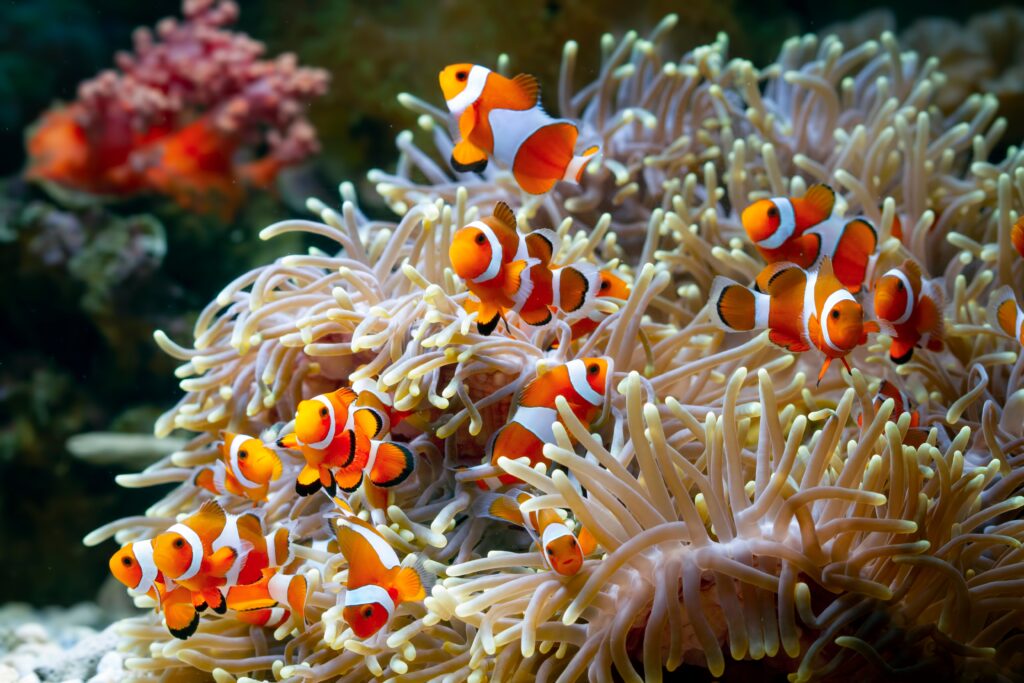1. AI-Powered Monitoring Gives Scientists a Real-Time View

Coral reefs are disappearing faster than ever, but the biggest challenge in protecting them is simply knowing what’s happening below the surface. AI is changing that by helping scientists monitor reefs in real-time. Using advanced underwater cameras, drones, and satellite imagery, AI can analyze vast amounts of data in minutes—something that used to take researchers months. These systems can detect changes in coral health, track bleaching events, and even identify signs of disease before they become widespread.
This level of monitoring allows conservationists to act quickly. If AI detects that rising ocean temperatures are putting a reef at risk, teams can step in with solutions, such as deploying shade structures or using artificial upwelling to cool the water. AI’s ability to recognize patterns also helps predict future threats, giving conservationists time to prepare. Without this technology, much of this work would be guesswork, but now, scientists have a clearer picture of what reefs need to survive.
2. AI-Powered Robots Are Restoring Coral Faster Than Ever

One of the biggest challenges in saving coral reefs is how long it takes to rebuild them. Traditionally, divers had to manually transplant coral fragments onto damaged reefs, a slow and delicate process. Now, AI-powered robots are speeding things up. These machines can identify healthy coral fragments, carefully collect them, and reattach them to reefs at an impressive rate. Some robots are even capable of planting thousands of baby corals in a single day—something that would take human divers weeks to accomplish.
These AI-driven robots don’t just work faster; they’re also more precise. They can analyze the ocean environment and determine the best locations for coral growth, increasing survival rates. Some models are even designed to mimic natural processes, gently placing corals in a way that allows them to thrive without human interference. By taking over the most labor-intensive parts of coral restoration, AI is making it possible to restore reefs at a scale never before imagined.
3. AI Predicts Coral Bleaching Before It Happens

Coral bleaching is one of the biggest threats to reefs worldwide. When ocean temperatures rise, corals expel the tiny algae that live inside them, turning white and becoming extremely vulnerable. AI is now helping scientists predict bleaching events before they happen. By analyzing ocean temperature data, weather patterns, and past bleaching incidents, AI models can forecast when and where corals are most at risk.
This predictive power gives conservationists time to intervene. If AI determines that a particular reef is in danger, steps can be taken to protect it—such as reducing local pollution, limiting fishing in the area, or even using cooling technologies to lower the water temperature. Without AI, scientists would have to rely on past data and observations, which often come too late. Now, with machine learning working in the background, there’s a much better chance of preventing large-scale coral loss before it’s irreversible.
4. AI Identifies and Fights Coral Diseases

Just like humans, corals can get sick. Diseases like white band disease and black band disease are wiping out entire reef systems, but diagnosing them early has always been a challenge. AI-powered image recognition is changing that. By scanning thousands of coral photos and videos, AI can detect even the smallest signs of disease before they spread. These systems learn from past cases, improving their accuracy over time.
Once a disease is identified, AI helps scientists determine the best course of action. Some conservation groups are using underwater robots equipped with antibiotic treatments to stop infections in their tracks. Others are using AI-driven models to understand which environmental factors contribute to disease outbreaks, allowing for better prevention strategies. Instead of reacting after corals are already dying, AI is making it possible to catch and treat diseases before they devastate entire ecosystems.
5. AI Helps Find the Strongest Corals for the Future

Not all corals are equally vulnerable to climate change. Some species and individual corals have shown resilience to rising temperatures and pollution. AI is helping scientists find and study these “super corals” to understand what makes them so tough. By analyzing genetic data, environmental conditions, and survival rates, AI can pinpoint which corals are naturally adapting to harsh conditions.
This information is being used to breed stronger corals and reintroduce them to struggling reefs. Scientists are even using AI to guide selective breeding, ensuring that future coral generations have the best chance of survival. By combining artificial intelligence with natural selection, researchers are essentially fast-tracking evolution, giving reefs a fighting chance against climate change. Without AI, this kind of research would take decades, but now, the world’s reefs may have a real shot at recovery before it’s too late.


